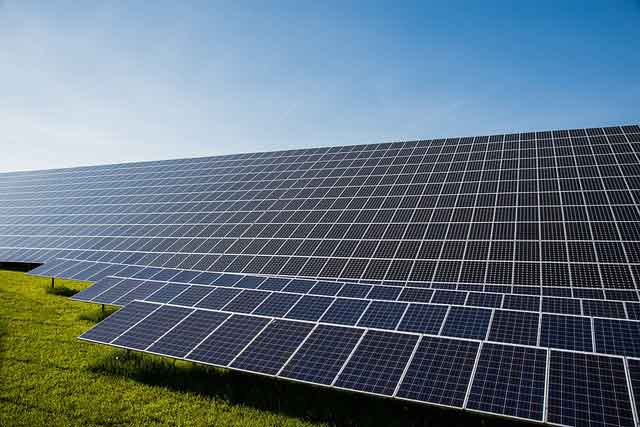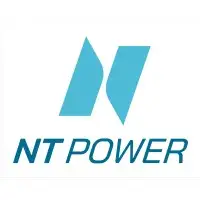Can U.S. compete with Canadian offshore wind?
By SolveClimate
Substation Relay Protection Training
Our customized live online or in‑person group training can be delivered to your staff at your location.

- Live Online
- 12 hours Instructor-led
- Group Training Available
The Cape Wind project off Nantucket Sound was to be the continent's first offshore wind park. Eight years on, it remains in limbo. The latest hiccup? Two Indian tribes are trying to block the turbines by getting Nantucket Sound listed as a "traditional cultural property." In other words, more delay is on the way.
But the Massachusetts wind farm is no longer the only offshore game in town. With a pro-renewable energy administration in Washington, increasing state and provincial clean energy standards and coming carbon regulations, a big push is underway that could make North America the next big market for offshore wind generation.
The race is on. And for now Ontario, Canada, is in the driver's seat.
Toronto-based Trillium Power is expected to build the first major offshore wind fleet in the Great Lakes and probably North America. The 140-turbine facility will deliver 710 megawatts of power, courtesy of gusts blowing off Lake Ontario, enough to power 300,000 homes in the province.
Around 15 other such projects have been proposed in Ontario, including the largest in the world – a 4,400 megawatt wind farm on the Ontario side of Lake Erie.
Canadian Hydro Developers recently bought the rights to build the enormous offshore wind installation. The plan calls for 900 turbines across a 50-mile stretch of lake. Currently, the largest offshore wind farm in the world is one-tenth that size and sits off the coast of Denmark. That 91-turbine, 200-megawatt facility provides zero-carbon power to 200,000 homes.
If the Lake Erie project gets built, its wind turbines will churn out enough juice to power two million homes.
Canadian Hydro explains why it wanted in: "Canadian Hydro already owns and operates the two largest wind facilities in Canada. We are leading the way in Ontario by generating 40 percent of the province's installed renewable energy capacity, and we are eager to pioneer offshore wind in Ontario and North America."
But why Ontario? In a word, incentives.
The government of Dalton McGuinty just launched a feed-in tariff as part of the Green Energy Act in Ontario. The program will pay producers 19 cents for every kilowatt-hour of electricity their offshore turbines pump out.
For its part, the Ontario government is being spurred to action by its commitment to eliminate coal plants in the province by 2014. There are no plans for new nuclear to take coal's place. That's helped to make wind a No. 1 priority. The numbers are proof: In 2003, the province had 10 turbines; today, it has more than 670, with 975 turbines expected by 2012.
The Great Lakes are one of Ontario's greatest energy assets. Estimates claim the province has at least 34,500 megawatts of shallow water offshore wind potential spread over 64 different sites.
The province isn't alone in trying to tap the richness of those winds. Offshore wind power projects have been proposed in the states of Ohio, Michigan, New York and Wisconsin, though the processes there are expected to be slow and complex.
The Eastern seaboard states are expected to be the first to finalize offshore windfarms in the U.S. According to a study by Stanford University and the University of Delaware, a stretch of the Atlantic Ocean from Cape Cod to North Carolina has enough wind potential to generate 330,000 megawatts of electricity. That's almost twice the current energy demand in the nine-state Mid-Atlantic region.
Currently, the U.S. has no offshore wind installations. That will change, but whether it happens fast enough to beat its Canadian competitor has yet to be seen. Beating Europe is certainly out of the question: North America has fallen decades behind the continent, where some 30 offshore wind farms are presently in operation.
In a major step forward, though, President Obama's Department of Interior issued the first-ever leases for offshore wind facilities in June.
On top of that, the state of Delaware has approved Bluewater Wind's proposed project of up to 600 megawatts. The installation could meet half of the state's electricity needs. New Jersey has plans in the works for several 350-megawatt installations. Rhode Island, Maryland and New York are said to be in negotiations with developers, among other states.
And just last week, Duke Energy and the University of North Carolina announced plans for a pilot project involving three demonstrations of commercial turbines off North Carolina's coast.
Keeping up the competitive rhetoric, Duke Energy said its project's turbines "may be the first turbines placed in water in the United States."











